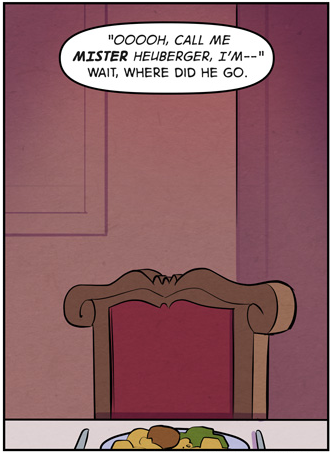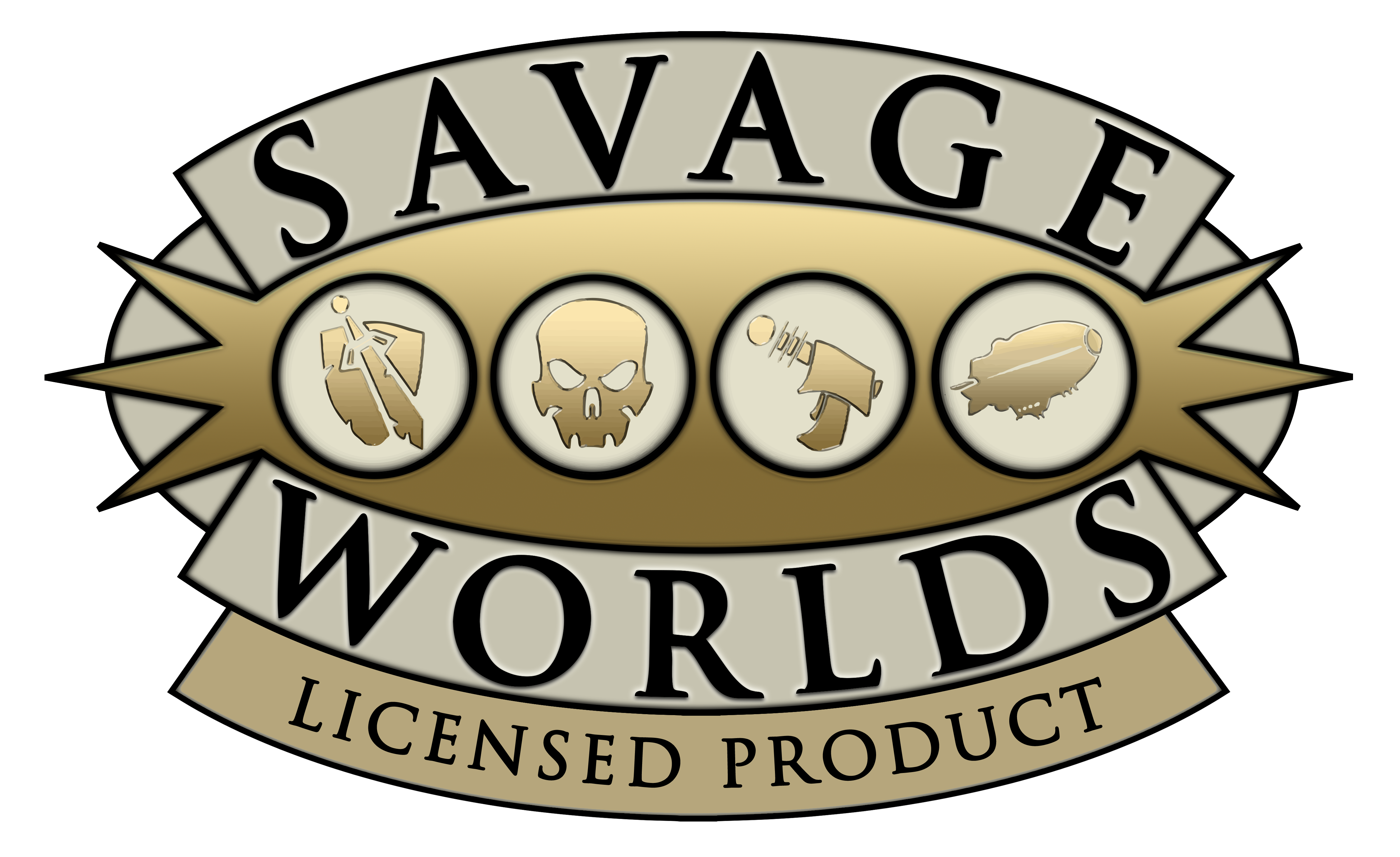Let’s start with a definition:
A “railroaded” role-playing game is one in which the players are led down a specific, predetermined narrative path.
I’m not being judgmental here. I’ve ran dozens of games in my life, some of them super-railroady, and they were a blast. That was just the type of game we all agreed that we’re interested in playing; players will gladly give some of their agency in advance if they trust their GM to take them on a fun ride. When you go on a ride in an amusement park, you’re going down a predetermined course, and you have tons of fun.
This is also not a strict black and white distinction. Some games have more railroad tracks than others. Many of the games I’ve ran moved back and forth between sandbox and railroad, sometimes several times in the same adventure. Many campaigns can be compared to an entire amusement park: You get to choose on which rides to go, and in which order, and what to do in between, but once you’re on a ride, there’s a specific path in which you’ll be going, and that’s the experience you’re interested in.
I require this whole introduction in order to establish two important truths: “going for the ride” is a powerful experience players occasionally look for, and “being able to decide what to do” is just as powerful an experience. The two can coexist in different parts of the same adventure, but they can’t coexist at the same moment.
Or can they?
I see not one, but two ways in which they can certainly happen at the same time.
The Forced Reaction
In short: Establish an environment in which a specific behaviour is expected. Then have NPCs take the initiative and do something that the players don’t want them to do. Have it happen before their eyes, not behind the scenes.

You’re having dinner, in a formal setting. Your rival is sneaking away during dinner, obviously trying to do something you don’t want them to do. You have to react to that. Even deciding not to do anything about it is still a decision. Then another rival does the same thing, again forcing you to react.
In any way, the story continues down a specific path – “We’re having dinner while sneaking away one by one” – and it will eventually continue along the pre-laid-out track to the next development, which is very probably going to be “Someone messes this up (maybe stealing the Crystal) and all hell breaks loose”. It’s possible this won’t happen, maybe no one will steal the Crystal during dinner, but Nadav is using his NPCs to push toward that conclusion. It will require a decision and then some effort on the players part to push against this narrative
This is a sort of a compromise between true sandbox (“The players can do whatever!”), because Nadav wants to have the full dinner scene and made some efforts to lead to it (see below), and between the full railroad (“This and this must happen, in this way!), because while it’s extremely likely someone will grab the Crystal, it still might not happen, and also, technically speaking, the players don’t have to agree to this whole dinner thing at all. So it’s a compromise, but it’s a good one to have.
It all depends, however, on those “some efforts” that Nadav made beforehand. In a way, it’s like laying the tracks.
First, Nadav knows his players’ play style and motivations, having played several campaigns with them in the past. He has a good estimation of just how much shenanigans they’re willing to accept before deciding “this is too much, let’s get violent”.
Second, he established an atmosphere that, while being foreboding, is not actually intimidating, enforcing it again later.
Third, he established that conversation and attitude have power (that is, they’re backed by rules).
Fourth, he made sure not to build on a specific timing – “the Crystal must be taken during the 2nd course!” – but instead, on a specific event, that is, the taking of the Crystal. This is how most Savage Worlds one sheets work; you should also take a peek at how Monte Cook Games format their short adventures (free sneak peek here), they have a “plot key” thing that can be picked up in various places and allows you to advance the plot, it’s a good formalization of this concept.
So, basically, a forced reaction is pulling a lever you placed in advance, to push the players toward a specific course of action you hope they’ll embrace.
Nudge Nudge, Say No More
The second method of having full player agency and railroad them at the same time is The Careful Nudge (not this one), but it’s a big topic, so we’ll discuss it some other time.



